The surrounding area
The wine cellars of Mendrisio, built from 1724 onwards on the initiative of the Padri Serviti religious order, are a treasured manifestation of the region’s predisposition for producing wine. Built in the shadow of Monte Generoso to take advantage of the cold air currents coming from the fissures in the ground, they have offered the perfect environment for storing wines and cheeses for centuries. From the avenue, you can enjoy a stunning panorama: the San Martino plain with its ancient medieval church, the vineyards of the Mendrisiotto, and Monte San Giorgio, a UNESCO heritage site since 2003. In the rock face above the wine cellars are the ruins of a small fortified cave from the fifteenth century, known as “Tri Böcc”, a reference to its three openings.
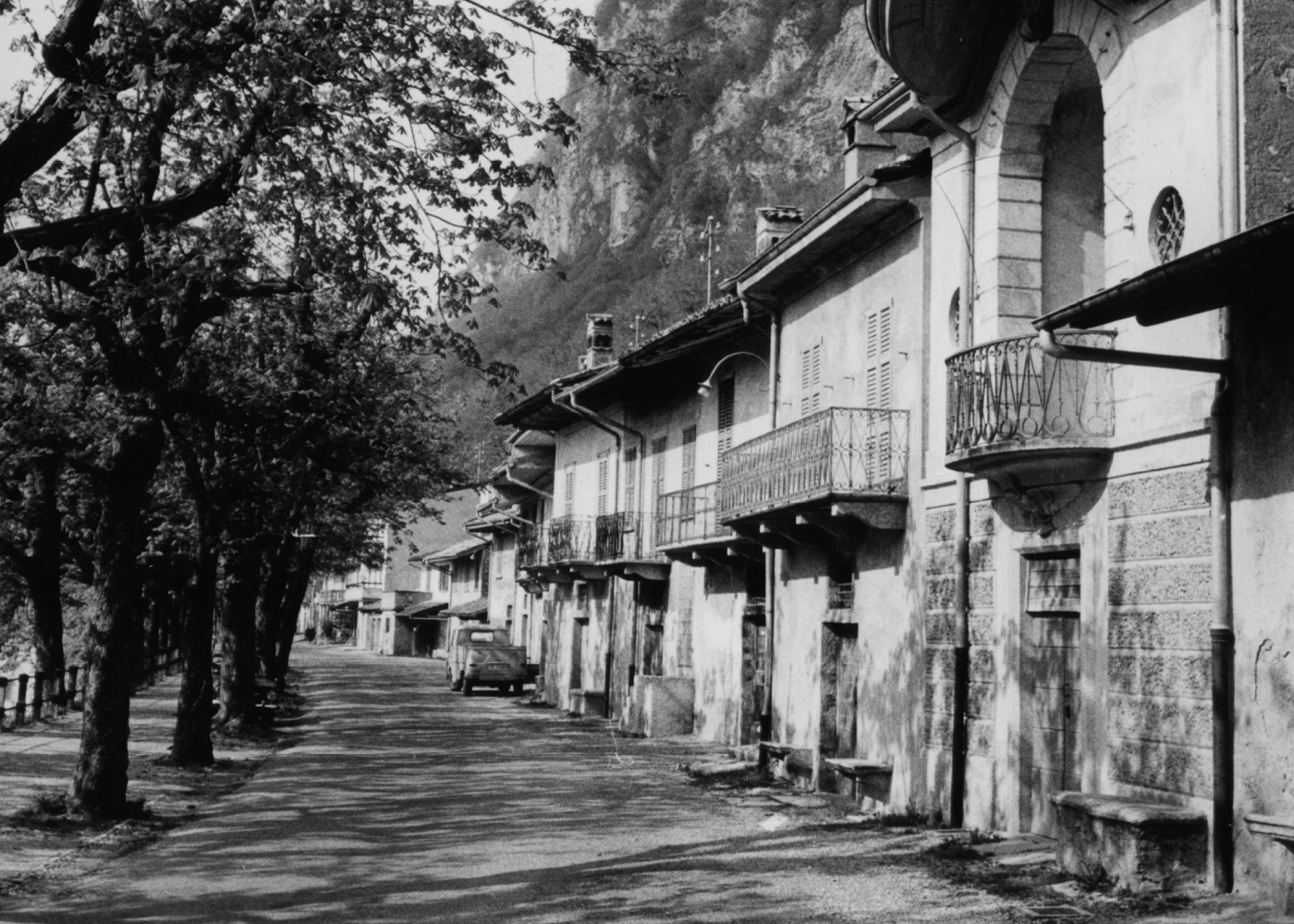
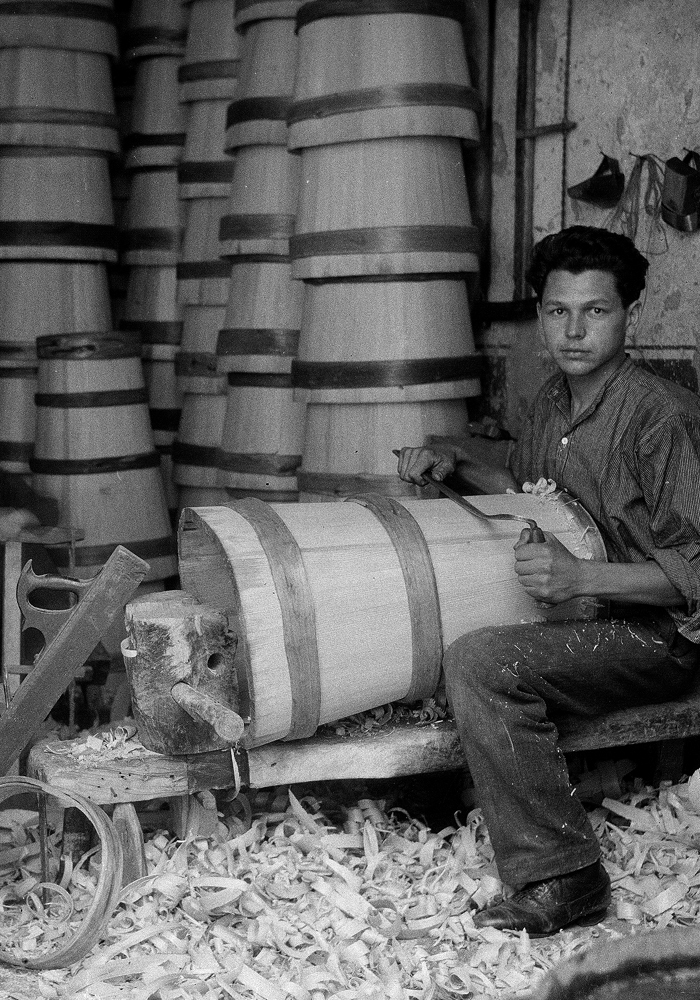
Customs and traditions
The recollection of a mythical Mendrisiotto of another era, with its green countryside dotted with farms, mills, and homesteads, still persists in the collective memory. Today, this ancient rural civilization has disappeared, but it continues to live on in San Martino’s annual livestock festival and in the wine cellars in the districts of Mendrisio, Capolago, Rancate, Salorino, and Tremona. Some of these have undergone transformations and have been renovated to suit a new aesthetic taste, but they are still an important part of the region’s landscape and architectural heritage and represent a tourist attraction, with their little balconies and characteristic doors.
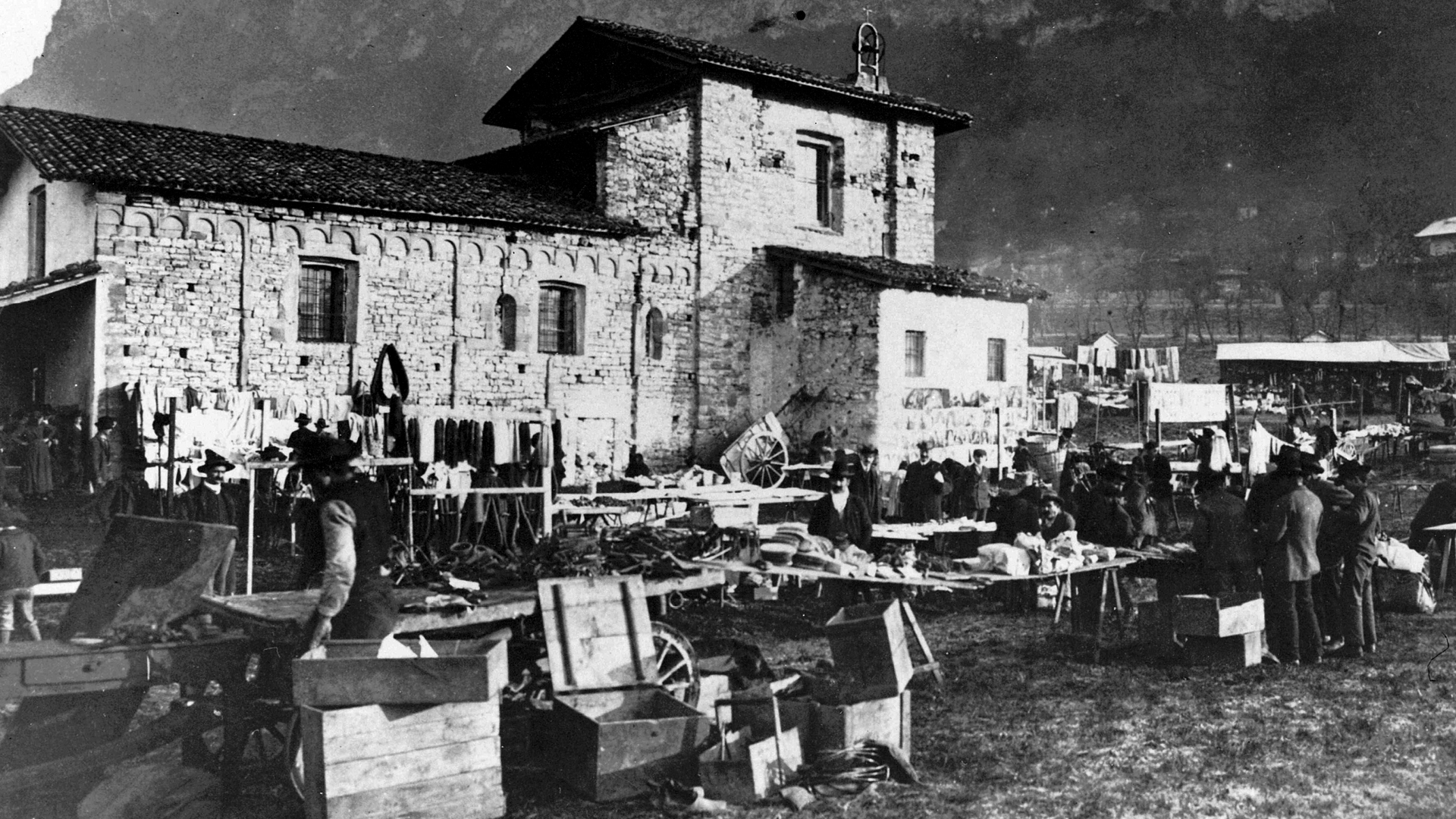
Ancient meeting places
The creation of Ticino’s grottos is inextricably linked to its viticulture. Once, the grapes harvested in the countryside were intended for the production of piquette, which needed environments with low temperatures, between 8 and 10 degrees, to be preserved during the summer. Special spaces therefore began to be created in shady spots, on the edge of woods and at the foot of the mountains, taking advantage of the fresh air currents that naturally came out of the karst rocks. Perfect environments for storing wines, cured meats, and cheeses, the grottos soon also became catering establishments and meeting places for rural society.

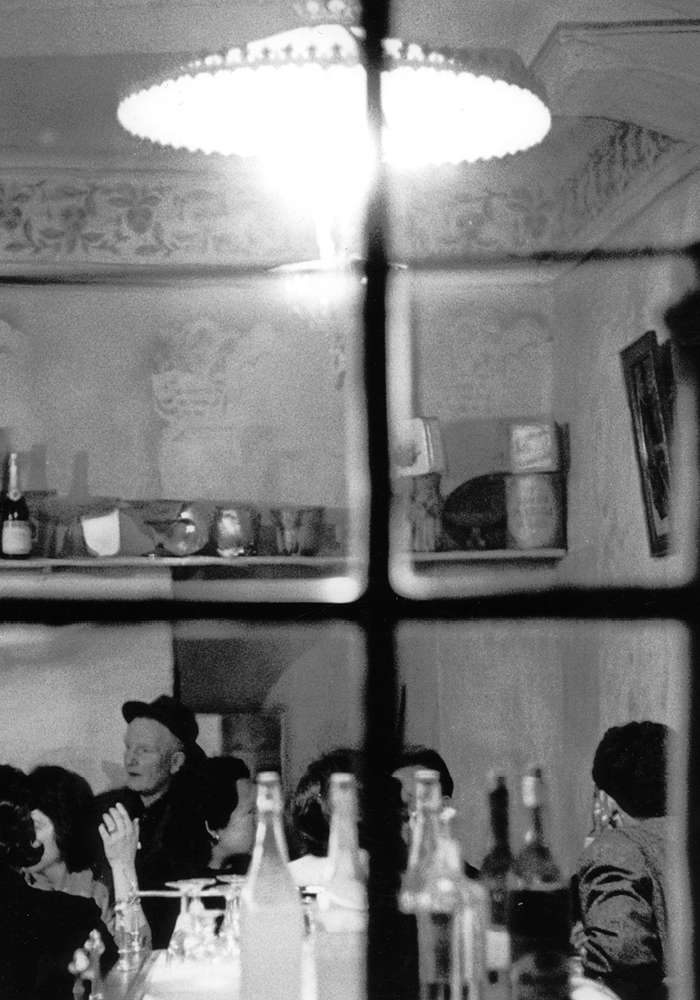
The Hermitage of San Nicolao
Just above the wine cellars, overlooking Mendrisio at an altitude of 300 meters, stands the Hermitage of San Nicolao with its little church. According to a medieval legend, an intense light could be seen shining on the cliff on certain nights. Intrigued, the inhabitants went to look and found an image of the Virgin Mary painted on the rock. The bishop of Como ordered a church to be built to commemorate this extraordinary event. From its foundation in 1413 to the nineteenth century, the Hermitage of San Nicolao attracted numerous hermits. The church, carved partly into the rock that serves as its roof, houses wooden statues from the seventeenth century and intriguing ex voto statues, among other artefacts.
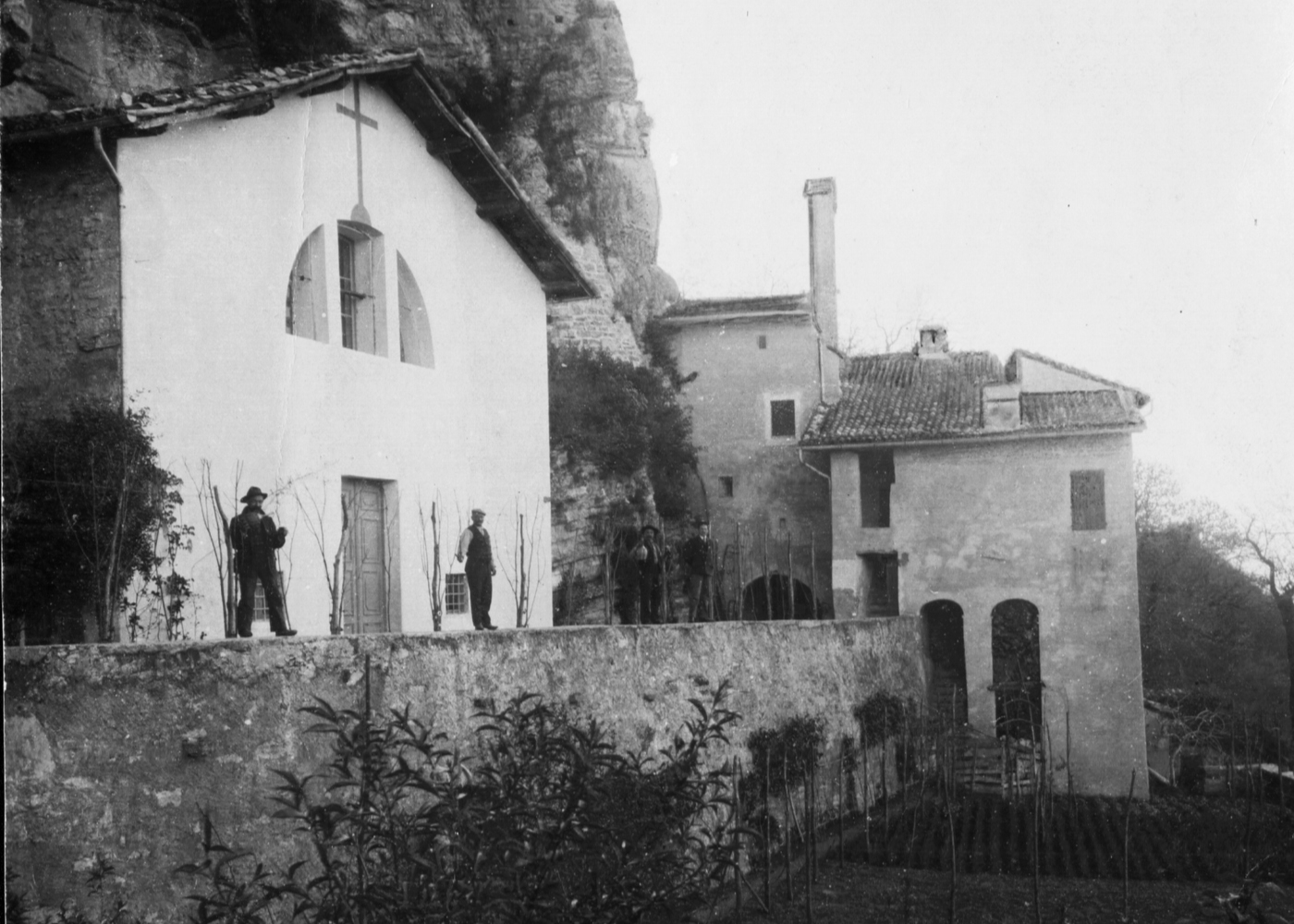
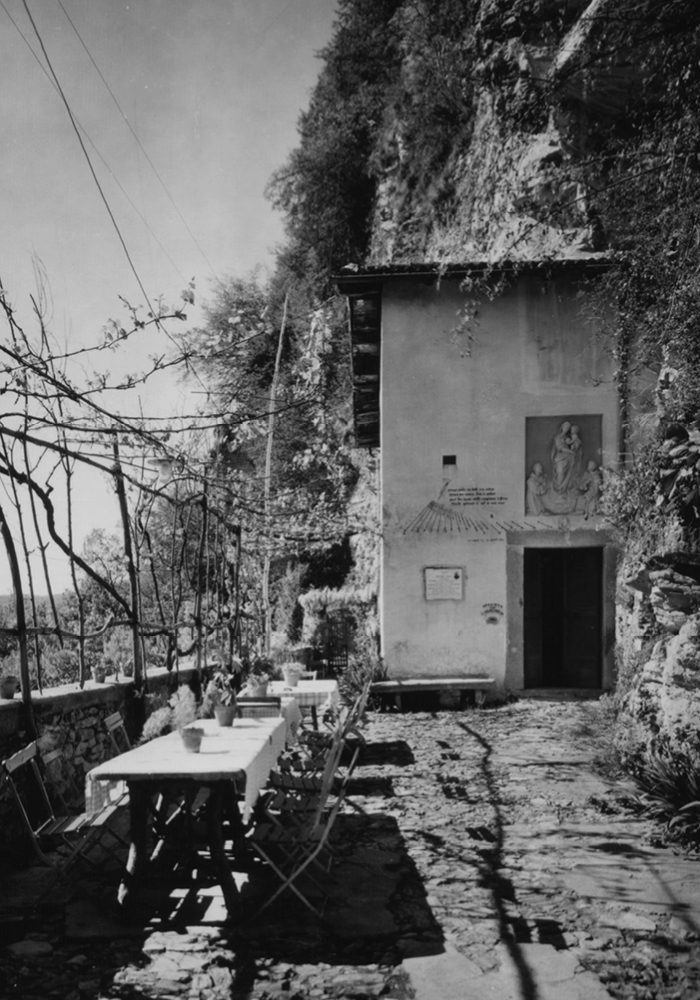
Meet Morsetta
Hi,
I’m Morsetta, the young explorer of the Region to be discovered. Play with me to discover some interesting things about Mendrisio…
This is an ancient place, very attached to tradition. This is where our grandparents spent leisure hours and stored cold meats and wine. Today the area is very popular with visitors to Mendrisio thanks too to the presence of several caves.
